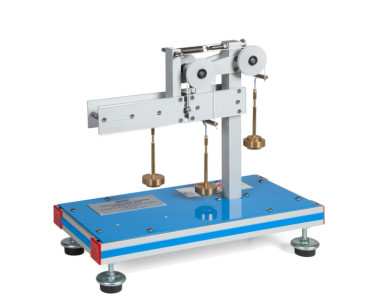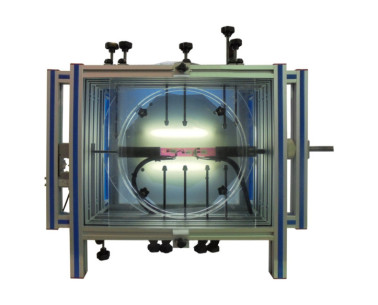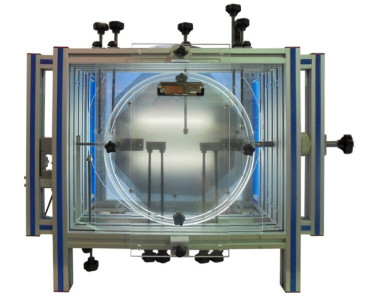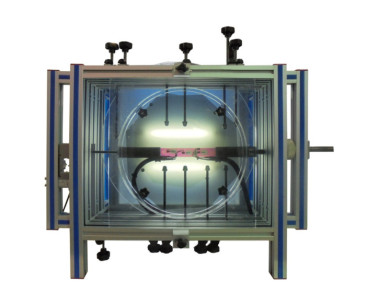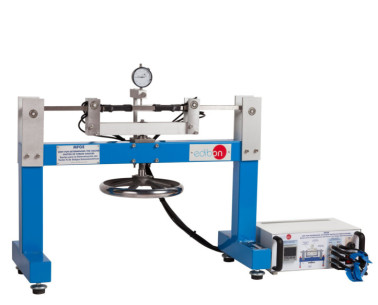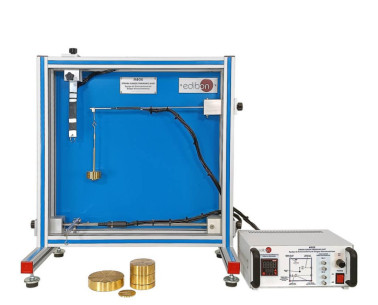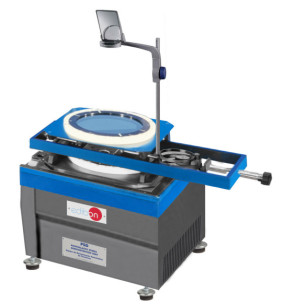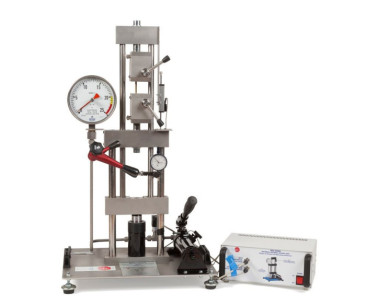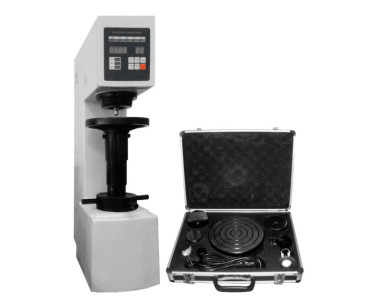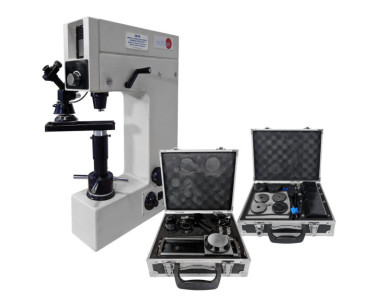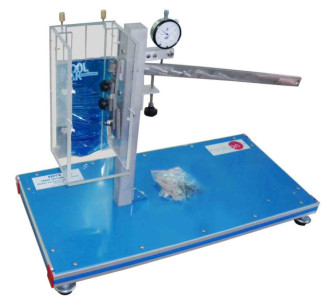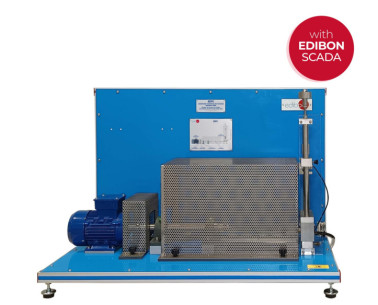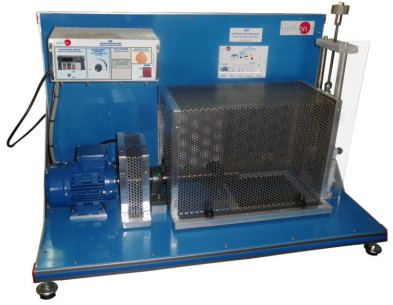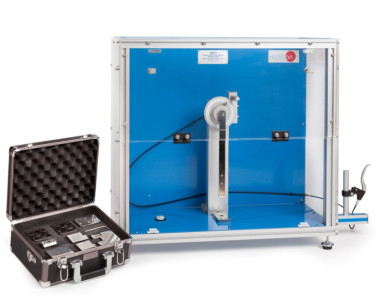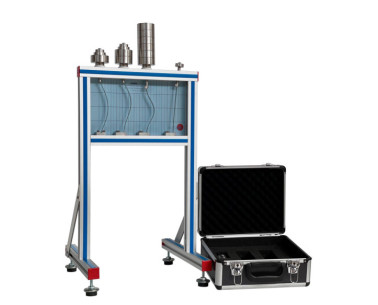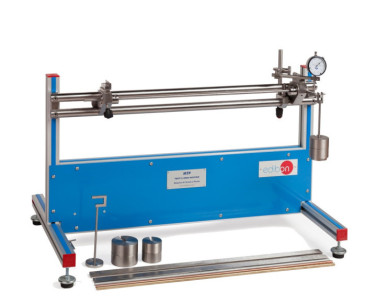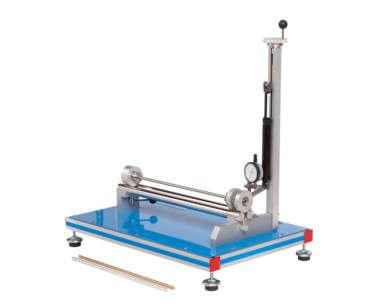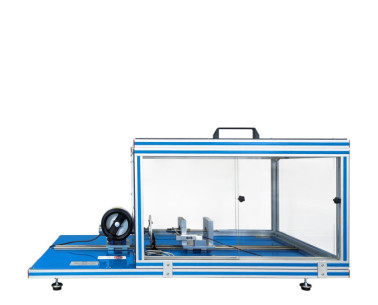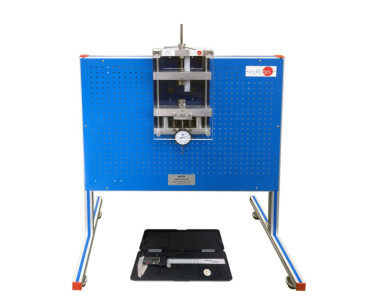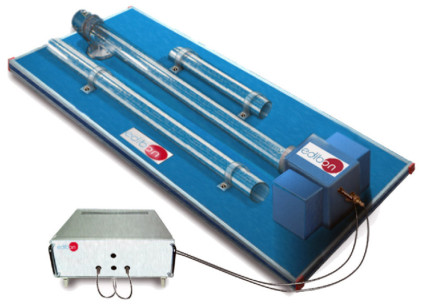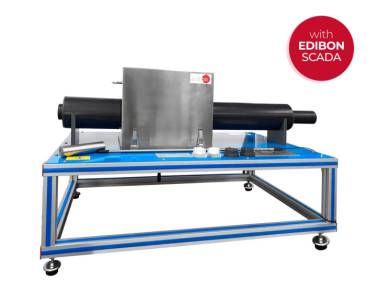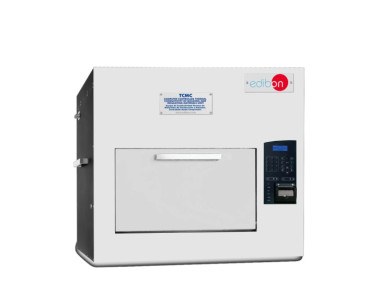FÜR WEITERE INFORMATIONEN, KONTAKTIEREN SIE UNS
14.1.- BIOMECHANIK
Biomechanik studiert die Bewegungsmechanik des Lebewesens Organismus, darunter die Menschenkörperbewegung. Diese Studie reicht von den einfachsten Bewegungen des täglichen Lebens, wie Arbeit oder sportliche Betätigung, bis hin zur Bewegung einiger innerer Organe, wie des Herzens. Um die Kinetik des menschlichen Körpers zu untersuchen, wendet Biomechanik die Prinzipien der Mechanik und das Wissen der Anatomie und der Physiologie an, die es ermöglichen, neue Diagnose- und Behandlungsinstrumente zu entwerfen und bessere Implantate und ProthesenDesigns zu entwickeln.
Mehr sehenHeutzutage analysiert Biomechanik die Bewegungen der Kombination von Gelenken und Muskeln. Diese Analysen ermöglichen es uns, die Belastungen und Anstrengungen zu untersuchen, denen der menschliche Körper ausgesetzt ist. Die Kenntnis der Menschenkinetik ermöglicht die Behandlung von Verletzungen und deren anschließende Rehabilitation, die Konstruktion von Prothesen, die eine Bewegungsflexibilität ermöglichen, die Suche nach neuen Sporttechniken zur Steigerung der Leistungsfähigkeit einer körperlichen Aktivität oder die Vorbeugung der Verschlechterung des Organismus bei der Ausübung von Tätigkeiten am Arbeitsplatz und zu Hause. Dieses Wissen kann in mehrere Bereiche unterteilt werden: Biomechanik: Medizinische Biomechanik, Sportbiomechanik und Berufsbiomechanik. Eine weitere Anwendung der Biomechanik ist das Design von Roboteranwendungen. Die von den Roboterarmen ausgeführten Bewegungen oder die Verdrängungskapazität einiger mittels eines elektro-mechanischen Bewegungsapparates basieren auf der Mechanik von Lebewesen.
Das kontinuierliche Studium des mechanischen Verhaltens von Organismen führt dazu, dass die Biomechanikanwendungen bionische Prothesen und künstliche Organismen entwickeln, die das normale Funktionieren eines realen Organismus simulieren und auf Reize reagieren können. Darüber hinaus wird die Verbesserung der Technologie Aussenskelette die Mobilität von Menschen mit eingeschränkter Beweglichkeit erhöhen und die körperlichen Fähigkeiten bei der Ausübung von Tätigkeiten unter grosser Belastung verbessern.
Siehe Produkte Cookie-Präferenzen
Cookie-Präferenzen

